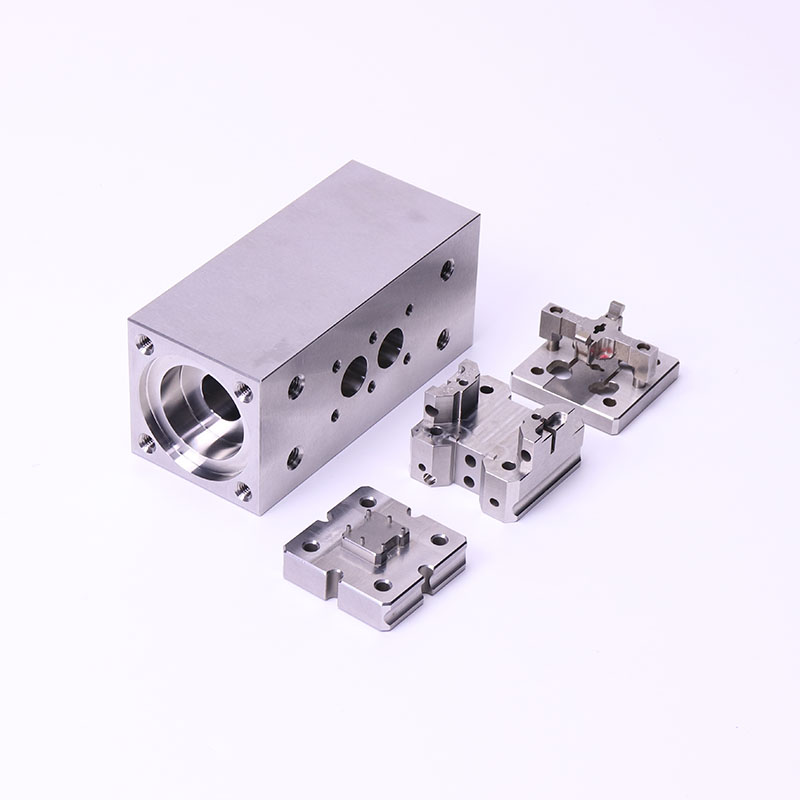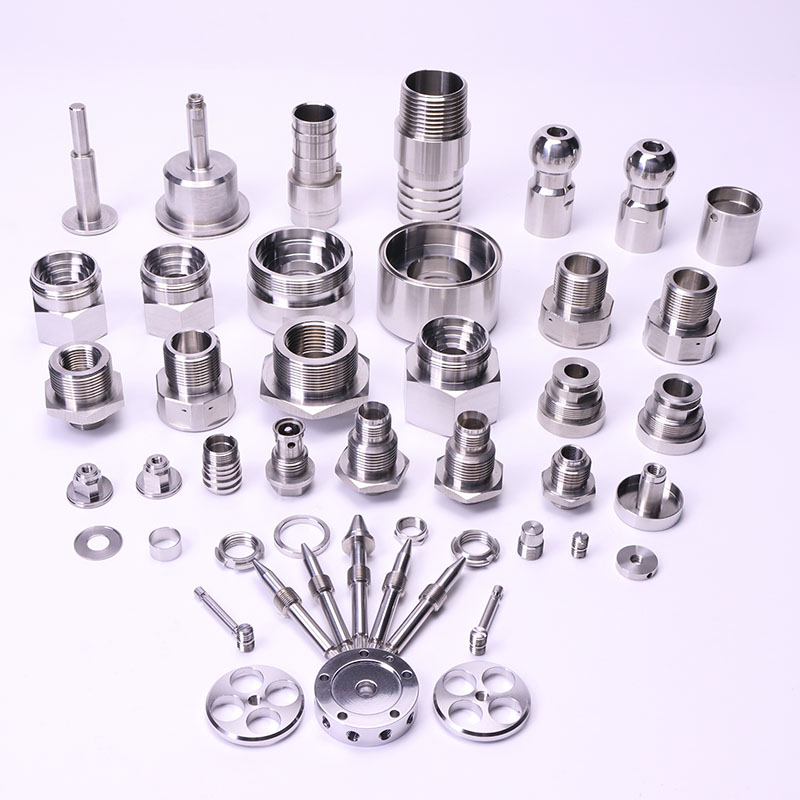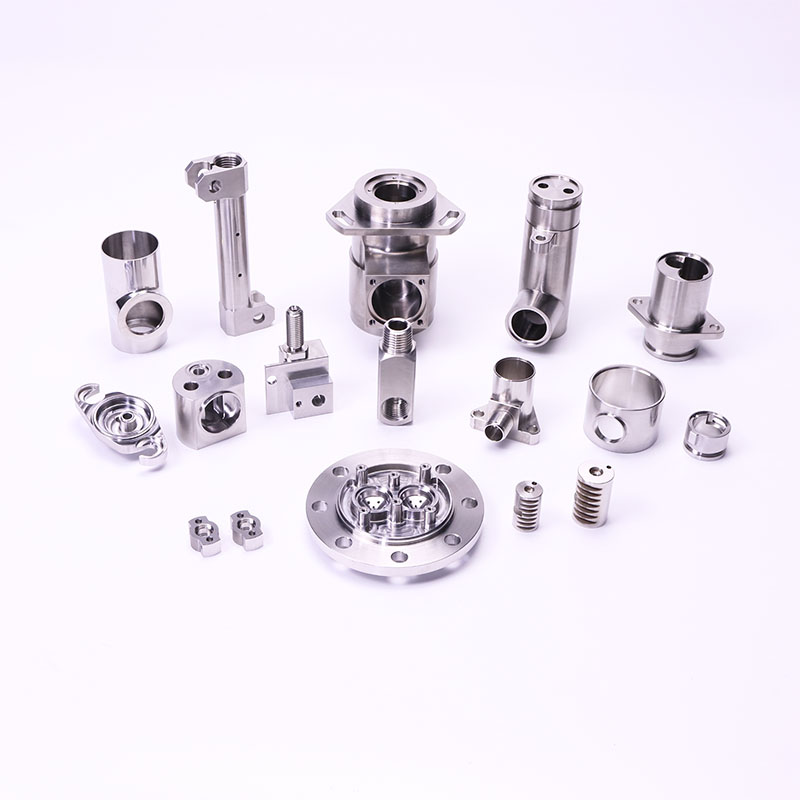Addressing Current Limitations and Future Trends in Composite Material Machining
Abstract
Glass Fiber Reinforced Plastics (GFRP) have become a vital material in various industries due to their strength-to-weight ratio and durability. However, machining GFRP presents several challenges, particularly in CNC milling. This article explores the potential of CNC milling services in optimizing the machining of GFRP, focusing on cutting tools, techniques, and current limitations. We discuss how optimizing these services can lead to enhanced machining efficiency, tool life, and surface quality, while addressing industry challenges such as tool wear, heat generation, and cutting forces. Finally, we explore future trends and innovations in composite material machining.
Introduction
The rise of composite materials, particularly Glass Fiber Reinforced Plastics (GFRP), has revolutionized industries such as aerospace, automotive, and renewable energy. These materials offer significant advantages over traditional metals, including excellent strength-to-weight ratios, corrosion resistance, and design flexibility. As a result, CNC milling services have become indispensable in the manufacturing of GFRP components, from intricate aerospace parts to automotive body panels.
Despite the advantages, machining GFRP presents a set of challenges that must be carefully managed to achieve optimal results. The inherent abrasiveness of GFRP fibers, high cutting forces, and heat generation during the machining process all contribute to increased tool wear and reduced machining efficiency. Therefore, understanding and optimizing CNC milling parameters, including cutting tools and techniques, is crucial for overcoming these challenges and unlocking the full potential of GFRP in manufacturing applications.
1. Challenges in CNC Milling of GFRP
1.1 Tool Wear and Abrasiveness
GFRP is notorious for its abrasiveness due to the glass fibers embedded within the resin matrix. These fibers are hard and can significantly accelerate the wear of cutting tools. Unlike metals, which have a more uniform structure, the glass fibers in GFRP can cause uneven wear patterns, leading to reduced tool life and increased operational costs.
To combat this, manufacturers typically employ high-performance cutting tools such as carbide or diamond-coated inserts. However, even these tools can wear out quickly when exposed to the abrasiveness of GFRP. Consequently, tool selection and maintenance are critical factors in optimizing CNC milling services.
1.2 Heat Generation and Temperature Control
During CNC milling of GFRP, significant amounts of heat are generated, which can adversely affect both the material and the cutting tools. Excessive heat can cause thermal degradation of the resin matrix, leading to material weakening and poor surface quality. Moreover, the heat can lead to premature tool failure, increasing downtime and production costs.
Effective cooling systems are essential to manage heat generation. Traditional flood cooling methods can help, but they are not always sufficient, especially when machining complex geometries. Advanced cooling techniques, such as cryogenic cooling, are becoming more popular in reducing the temperature during machining, preserving material integrity, and extending tool life.
1.3 Cutting Forces and Surface Finish
Cutting forces in GFRP milling are higher than those encountered when machining metals. The complex interplay between the fibers and the resin matrix leads to varying material removal rates, which in turn increases cutting forces. High cutting forces can lead to vibrations, poor surface finish, and increased tool wear.
Optimizing cutting parameters such as feed rate, cutting speed, and depth of cut can help mitigate these issues. However, even with optimized parameters, achieving the desired surface finish on GFRP components remains a challenge, especially when dealing with intricate shapes.
2. Optimizing CNC Milling for GFRP: Tools and Techniques
2.1 Cutting Tool Selection
The selection of the right cutting tool is paramount in CNC milling of GFRP. As mentioned, carbide and diamond-coated tools are often preferred due to their superior wear resistance. However, the choice of tool also depends on the specific application and the type of GFRP being machined.
Carbide Tools: Carbide is widely used for its hardness and wear resistance. However, carbide tools tend to be more brittle than other materials, making them less ideal for high-impact operations.
Diamond-Coated Tools: These tools are often the best choice for machining GFRP. The diamond coating offers exceptional wear resistance and reduces friction, helping to extend tool life and improve machining performance.
2.2 Cutting Parameters Optimization
Optimizing cutting parameters, such as cutting speed, feed rate, and depth of cut, is essential for improving CNC milling performance for GFRP. Cutting speed should be balanced to avoid excessive heat generation, while feed rate adjustments can help reduce cutting forces.
Cutting Speed: For GFRP, cutting speeds between 250 m/min to 450 m/min are typically recommended. This range helps to balance tool longevity and machining efficiency.
Feed Rate: Increasing feed rate can help reduce cutting forces and improve material removal rates. However, it is crucial to find the optimal feed rate to ensure a smooth surface finish and prevent tool damage.
Depth of Cut: Shallow cuts are generally preferred for GFRP to avoid excessive heat generation and maintain better control over the cutting forces.
2.3 Advanced Cooling Techniques
Traditional cooling methods, such as flood cooling, can be effective in some applications but may not provide sufficient cooling for GFRP machining. Advanced cooling methods, such as cryogenic cooling, use liquid nitrogen to cool the cutting zone, significantly reducing the temperature and minimizing heat-induced damage to both the tool and the material.
In addition to cryogenic cooling, minimum quantity lubrication (MQL) has been explored for GFRP machining. MQL uses small amounts of lubricant to reduce friction and dissipate heat, offering an efficient and environmentally friendly alternative to conventional cooling methods.
3. Industry Applications and Future Trends
3.1 Aerospace Industry
The aerospace industry is one of the largest consumers of GFRP, with components such as aircraft fuselages, wings, and tail assemblies being made from composite materials. CNC milling services have been optimized in this sector to improve precision and reduce tool wear. For example, a leading aerospace manufacturer in the U.S. recently implemented a combination of diamond-coated tools and cryogenic cooling to achieve high-quality surface finishes while minimizing downtime.
3.2 Automotive Industry
In the automotive sector, GFRP is increasingly being used for lightweight parts, such as body panels and structural components. CNC milling services are essential for producing these parts with high precision and at reduced costs. Car manufacturers in Europe have started employing advanced tool coatings and automated CNC systems to improve production speed while maintaining the required tolerances.
3.3 Renewable Energy
Wind turbine blades made from GFRP are subjected to extreme conditions, including high winds and harsh environmental factors. CNC milling services are used extensively in the manufacturing of these blades, where precision is crucial. Recent advancements in CNC technology, such as automated tool path generation and high-performance tooling, have enabled manufacturers to optimize production cycles and enhance material properties.
4. Conclusion
CNC milling services are indispensable for the machining of GFRP materials, which are becoming increasingly vital in modern manufacturing. By optimizing cutting tools, adjusting machining parameters, and adopting advanced cooling techniques, manufacturers can overcome the challenges of machining GFRP and unlock its full potential. As the demand for GFRP continues to grow across industries such as aerospace, automotive, and renewable energy, further innovations in CNC milling technologies will help ensure efficient, high-quality production processes.
References
Liang, X., Yang, P., Wu, Z., Jia, C., & Guo, X. (2023). Study on the Milling and Failure Mechanisms of GFRP. Journal of Materials Science and Engineering.
Zhang, L., et al. (2022). Advances in Composite Materials Machining: Challenges and Solutions. International Journal of Machine Tools & Manufacture.
Smith, R., & Johnson, P. (2021). Optimizing Cutting Parameters for Aerospace Composite Milling. Aerospace Manufacturing Journal.
FAQs
1. What are CNC milling services for GFRP?
CNC milling services involve using computer-controlled machines to precisely machine GFRP, a composite material widely used in aerospace and automotive industries.
2. How does tool wear affect CNC milling of GFRP?
The abrasiveness of GFRP causes significant tool wear. High-performance tools like carbide or diamond-coated inserts are often used to extend tool life.
3. What is the recommended cutting speed for GFRP?
Cutting speeds between 250 m/min to 450 m/min are ideal for balancing efficiency, tool wear, and heat generation when milling GFRP.
4. How do advanced cooling techniques help in CNC milling of GFRP?
Advanced cooling methods, such as cryogenic cooling, help manage heat generation, extending tool life and improving surface quality during GFRP machining.
5. What are the key benefits of CNC milling for composite materials?
CNC milling offers high precision, flexibility, and efficiency for machining composite materials like GFRP, enabling the production of complex, lightweight parts.










